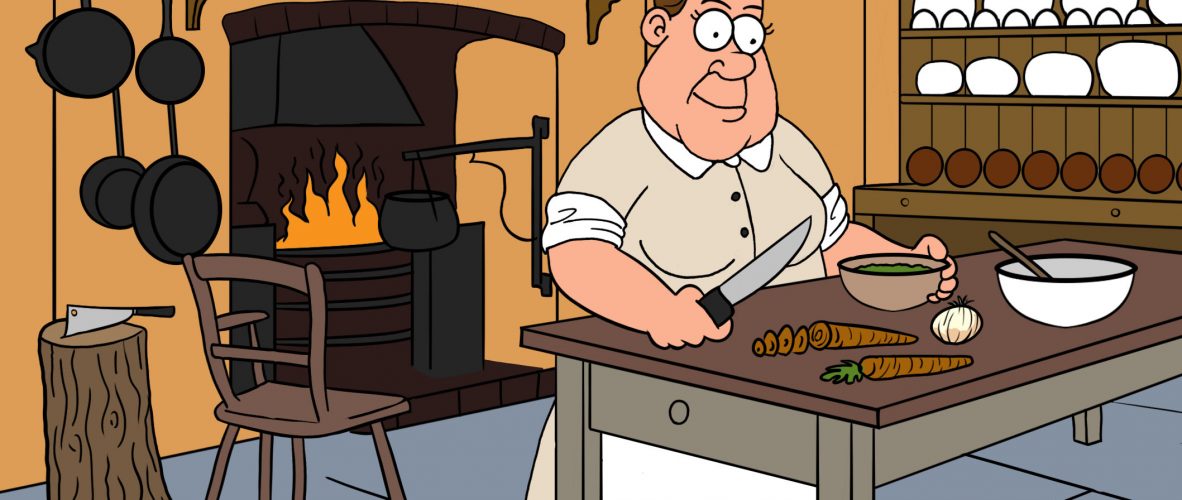after her coronation in 1837? Have a parliamentary meeting? Have tea with all the royal dignitaries? No – she gave her dog, Dash, a bath.

Take six pounds of good pork, free from skin and grisles and fat, cut it very small, and beat it in a mortar till it is very fine; shread six pounds of beef-suet very fine, free from all skin; shread it fine as possible; take a good deal of sage, wash it very clean, pick off the leaves, and shread it very fine; spread your meat on a clean dresser or table and shake the sage all over it, about three large spoonfuls; shread the thin rind of a middling lemon very fine and throw over, with as many sweet herbs, when shread fine, as will fill a large spoon; grate two large nutmeg over, throw over two tea spoonfuls of pepper, a large spoonful of salt, then throw over the suet, and mix it all well together. Put it down close in a pot; when you use them, roll them up with as much egg as will make them roll smooth. Make them the size of a sausage and fry them in butter, or good dripping. Be sure it be hot before you put them in, and keep rolling them about. When they are thorough hot, and of a fine light-brown, they are enough. You may chop this meat very fine, if you don’t like it beat; Veal eats well done thus, or veal and pork together. You may clean some guts and fill them.
Hannah Glasse
JL Note – we’ve made these a few times and have found that we prefer them if they are cooked in the oven. We don’t add much suet either.